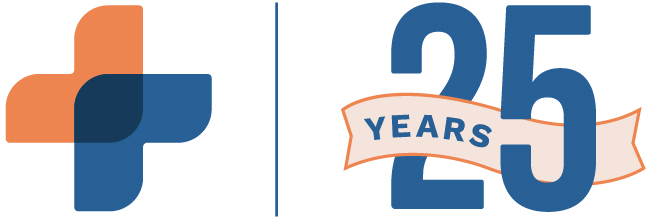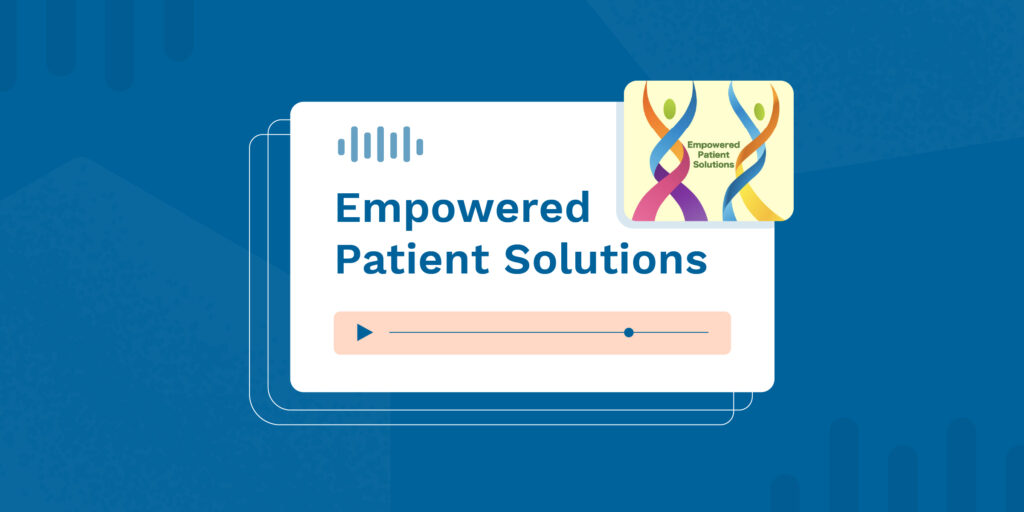In 2019, the Center for Medicare and Medicaid Innovation (CMMI) announced five new alternative payment models under the “Primary Cares” initiative. One of these, the Seriously Ill Population model (known as SIP), was designed to replace the fee-for-service model for patients living with serious illness. Created by both the American Academy of Hospice and Palliative Medicine (AAHPM) and the Coalition to Transform Advanced Care (C-TAC), the program is designed to control costs, prevent hospitalizations, and improve care coordination for those who have serious, potentially life-limiting illness or multiple chronic conditions coupled with functional limitations.
Qualifications of a Seriously Ill Patient
According to CMMI, in order to qualify as a Seriously Ill Patient (SIP), beneficiaries must meet two criteria.
- Must have a serious illness defined with least one of the following characteristics:
- Have a significant chronic or other serious illness (defined as a Hierarchical Condition Category [HCC] risk score ≥ 3.0)
- Have an HCC risk score greater than 2.0 and less than 3.0; AND two or more unplanned hospital admissions in the previous 12 months.
- Show signs of frailty, as evidenced by a durable medical equipment (DME) claim submitted to Medicare by a provider or supplier for a hospital bed or transfer equipment.
- Must have experienced a fragmented pattern of care defined as at least one of the following:
- Proportion of evaluation and management (E&M) visits with a single practice.
- Emergency Department visits and hospital utilization patterns over the previous 12 months.
Understanding SIP Within the Primary Care First Model
In order to support high-quality care to patients with serious illnesses, the U.S. Centers for Medicare and Medicaid Services (CMS) released a set of voluntary five-year payment models under a program called Primary Care First (PCF). The PCF model, an alternative payment model, was intended to strengthen access and quality of care through innovative payment structures. Under this model, hospices and palliative care providers will be able to participate in the new payment structures. The model is considered to be one way to address fragmented, siloed care and lack of care management leading to higher costs, lower quality, and less patient satisfaction.
The payment mechanism will be based on patient outcomes rather than process requirements, moving towards value-based care. CMS indicated that the underlying principles guiding the model include prioritizing the physician-patient relationship, reducing hospitalization, enhancing care for seriously ill patients, reducing administrative burdens, and improving patient outcomes.
The SIP model’s benefits support chronic care management in a variety of ways. Its goals are to:
- Offer a transitional high-touch, intensive intervention to help stabilize seriously ill patients, promote relief from symptoms, pain, and stress, develop a care plan, and transition them to a provider who can take responsibility for their longer-term care needs.
- Provide participating practices with additional financial resources to proactively engage seriously ill patients, address their intensive care needs, and help them achieve clinical stabilization and transition.
- Transform high-need patient care into a replicable population-health initiative that is patient-centered and supports long-term chronic care management.
What Does the SIP Model Mean for Practices?
Primary Care First aims to be transparent, simple, and create better-coordinated care. According to CMS, it will have a multitude of effects on practices, including:
- Providing payment to practices through a simple payment structure, including:
- A payment mechanism that allows care to be driven by clinicians rather than administrative requirements and revenue cycle management;
- A population-based payment to provide more flexibility in the provision of patient care along with a flat primary care visit fee; and
- A performance-based adjustment providing an upside of up to 50% of revenue as well as a small downside (10% of revenue) incentive to reduce costs and improve quality, assessed and paid quarterly. The program also includes a payment model to reward practices that specialize in care for SIP populations.
- Providing practice participants with performance transparency through practitioner-identifiable information on their own and other practice participants’ performance to enable and motivate continuous improvement.
According to CMS, “the Primary Care First Model’s Seriously Ill Population component is currently under review, and will not begin on the previously announced April 1, 2021 start date.“ While the initial application period has closed, CMS plans to hold a second round of applications for practices participating in the CPC+ program that would begin PCF participation in January 2022.
In order to receive payments in a coordinated care setting, practices may need an upgrade from traditional billing technology. To serve seriously ill patient populations, practices need a holistic software suite that can handle practice management. Systems should include robust medical billing, integrated scheduling, and revenue cycle management within a varied care team. RXNT’s software will help you meet those changing needs in preparation for more coordinated, higher-quality care for advanced patients.





